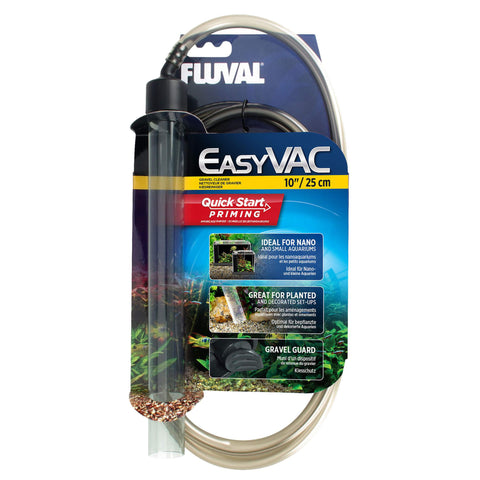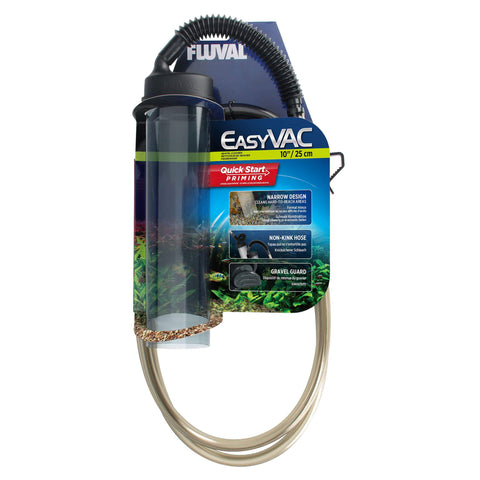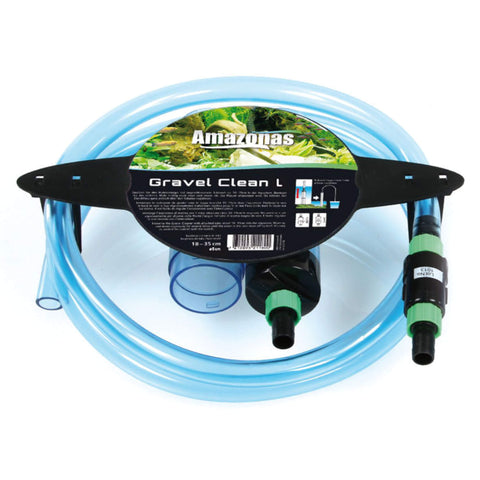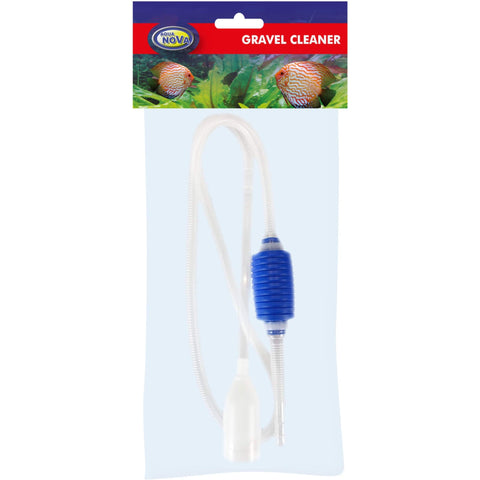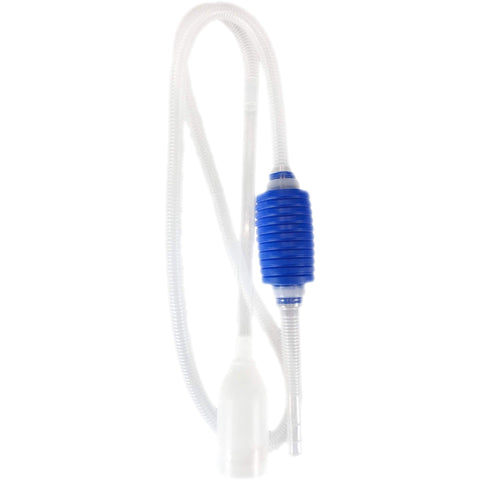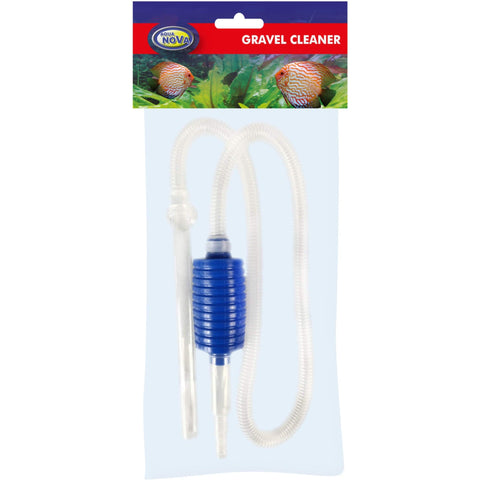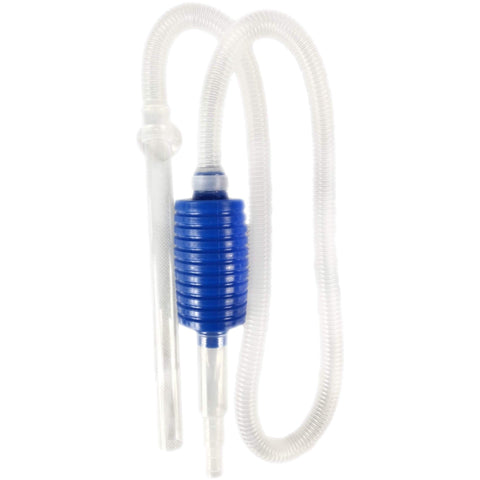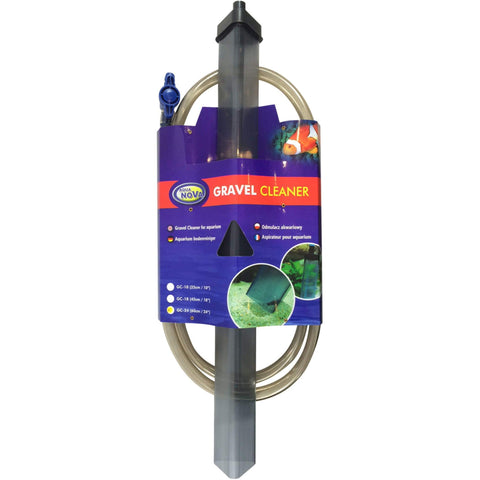15 products
Aquarium substrate cleaning
Cleaning the substrate in aquariums
Accessories for cleaning the substrate in the aquarium
Cleaning the substrate is a crucial aspect of maintaining an aquarium. The substrate is an essential element that not only influences the aesthetic appearance of the aquarium, but also plays an important role in the ecological balance and health of the aquarium inhabitants living in it. Regular cleaning of the substrate is therefore of great importance in order to remove impurities and maintain the water quality.
Below we will look at cleaning the substrate in the aquarium, explain the importance of cleaning the substrate, the various methods and the recommended procedure.
Why is substrate cleaning important?
The substrate in the aquarium often consists of sand, gravel, substrate or a mixture of these, which serves as a habitat for beneficial bacteria, plant roots and also as a hiding and spawning place for certain fish and invertebrates. Over time, however, organic waste such as food scraps, dead plant parts and fish faeces accumulate in the substrate. This waste can decompose and release toxic substances such as ammonia and nitrite, which can be harmful to the inhabitants of the aquarium. Regular substrate cleaning can remove these deposits and minimise the risk of water pollution.
Substrate cleaning methods
There are various methods for cleaning the substrate in the aquarium. One common method is to use a mulm bell, a mulm vacuum cleaner or a substrate cleaner. These devices make it possible to vacuum the substrate while at the same time the water is channelled back into the aquarium. Vacuuming removes deposits and dirt particles without sucking up too much substrate. Another method is to stir the substrate with a substrate rake to stir up impurities, which can then be skimmed off with a landing net.
Recommended procedure
The substrate should be cleaned regularly, but carefully so as not to disturb the balance in the aquarium. A recommended procedure is to partially clean the substrate every 2 to 4 weeks, depending on the stocking density and feeding habits of the fish. It is important to clean only part of the substrate in order to maintain the beneficial bacteria and the ecological balance. When cleaning, care should be taken to ensure that not too much substrate is removed, as this could damage the root system of plants or expose fish and invertebrates to unnecessary stress.
Cleaning the substrate is an essential part of aquarium care and contributes significantly to the health and well-being of the aquarium inhabitants. By removing organic deposits and dirt particles, water quality is improved and the risk of disease and algae growth is reduced. In addition, a clean substrate environment can promote the natural behaviour of the aquarium inhabitants, as they feel more comfortable in a clean and well-maintained environment.
It is also advisable to keep an eye out for any changes or abnormalities in the aquarium during substrate cleaning. A sudden increase in dirt deposits in the substrate may indicate an imbalance in the aquarium and may require further measures such as checking the filter performance or adjusting the amount of food. Regular observation and maintenance of the substrate allows potential problems to be recognised and rectified at an early stage.
Cleaning the substrate in the aquarium is therefore an important task in order to maintain the water quality and ensure the well-being of the aquarium inhabitants. Regular removal of organic deposits and dirt particles keeps the aquarium clean and hygienic. However, care must be taken when cleaning so that the balance of the aquarium is not upset. With the right method and an appropriate frequency of substrate cleaning, aquarium enthusiasts can maintain a healthy and visually appealing aquarium in which the inhabitants feel comfortable.
If you have any questions or require further information on the products we offer, we will of course be happy to assist you with our expertise.




